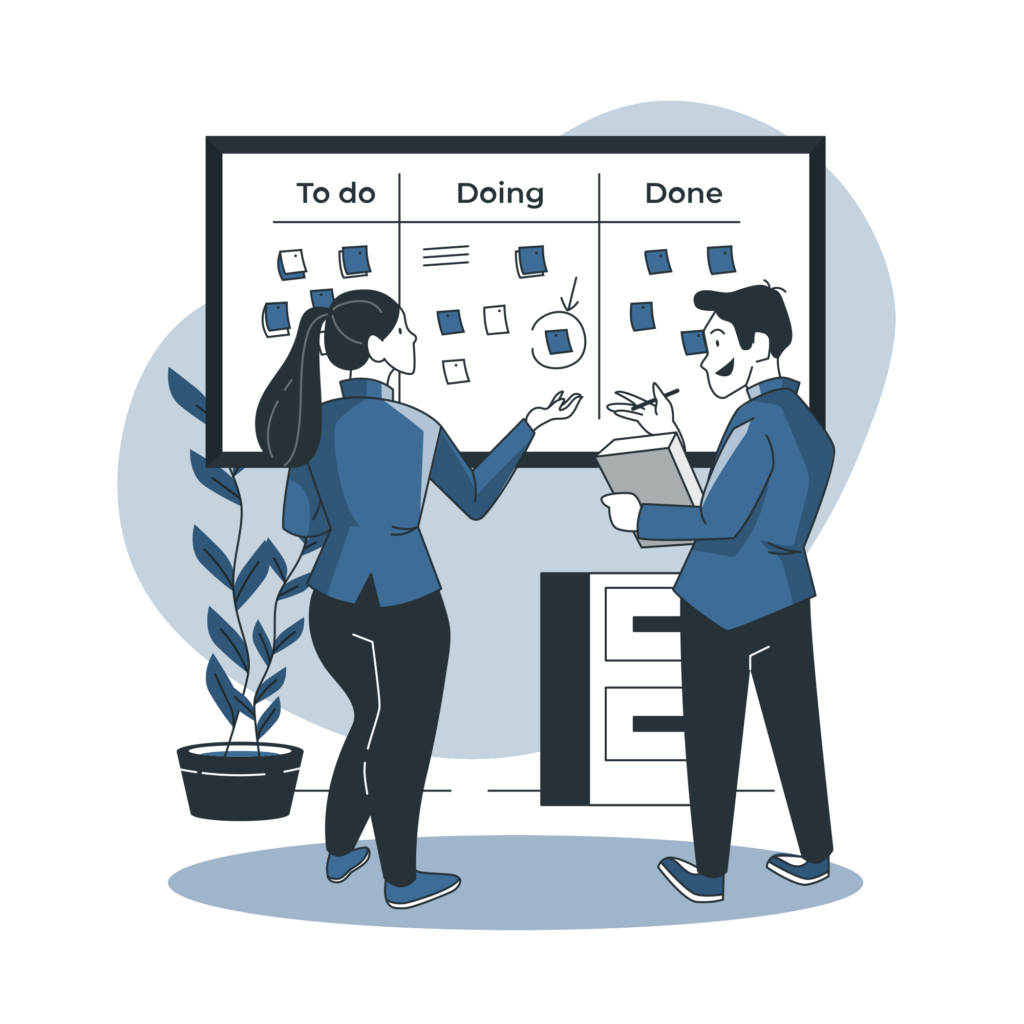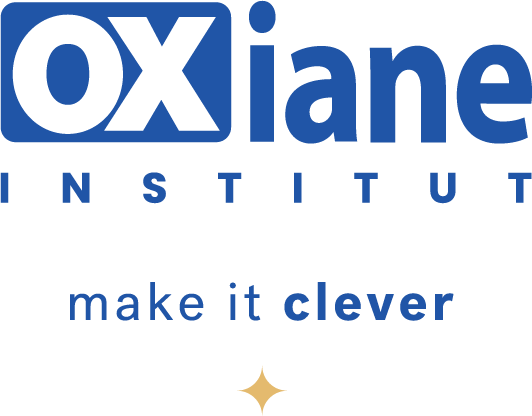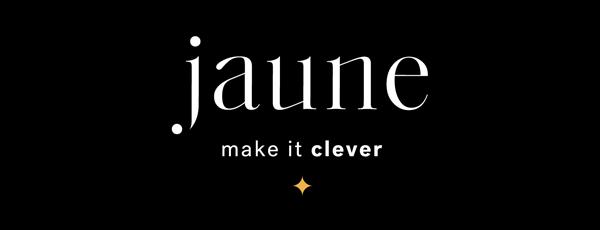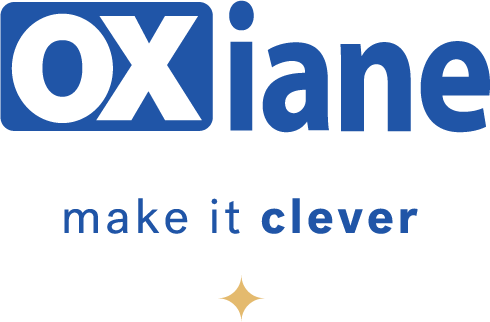
As an Agile coach, Jean-Marc Larroque has observed the evolution of practices within product teams. Among the various frameworks that have emerged, Scrum stands out as the one that offers the flexibility needed to create singular experiences tailored to each product team. As new frameworks emerge, it’s essential to emphasize that Scrum is often sufficient, even optimal, for most contexts where agility is applied.
Scrum is much more than just an Agile framework; it’s a set of principles and values that foster adaptability and collaboration. The Scrum structure, with its defined roles (Scrum Master, Product Owner, and development team), lack of hierarchy, ceremonies (Sprint, Sprint Planning, Daily Scrum, Sprint Review, Sprint Retrospective), and artifacts (Product Backlog, Sprint Backlog, Increment), offers a robust structure while allowing significant flexibility.
One of the main reasons why Scrum remains sufficient is its adaptability. Teams can adjust their operation within the Scrum structure to suit their specific needs without compromising the integrity of the framework. Whether through complementary practices such as Agile engineering, Lean, or techniques specific to the business context, Scrum offers fertile ground for experimentation and continuous improvement.

Scrum is not frozen in time. The framework is constantly evolving to adapt to feedback and the changing needs of organizations. Regular updates to the Scrum Guide are evidence of this willingness to adapt. This natural evolution eliminates the need to create new frameworks, as Scrum is designed to keep pace with contemporary product development challenges.
Scrum focuses on creating value with each iteration. The Product Owner is responsible for maximizing product value, and the development team focuses on delivering functional product increments at the end of each Sprint. Rather than getting lost in complex processes, Scrum focuses on creating tangible value for stakeholders. This favors a pragmatic, results-oriented approach, eliminating the need for additional frameworks that could introduce unnecessary complexity.
Without wishing to minimize the importance of other frameworks such as Unfix, or Disciplined Agile, whose aim is also to enable teams to create their own model, Scrum’s structure is very often the best solution, especially for kick-starting agility for a new product team.
See related article: The Sprint 0 trap in Scrum
Editor :
Jean-Marc Larroque – Agile Coach, Scrum Master, Trainer and e-Commerce Web Technology Consultant at Clever Age
Check out Jean-Marc’s blog for more Agile content.



